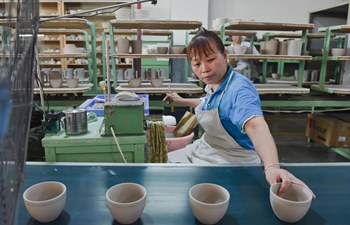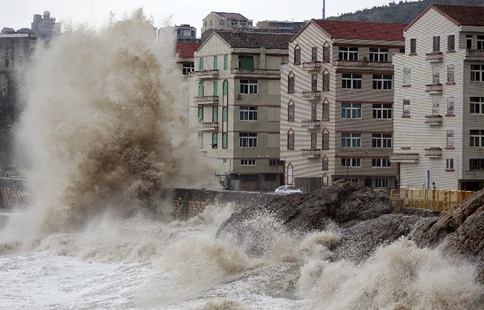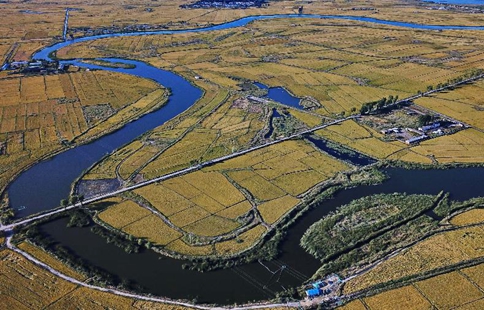WELLINGTON, Sept. 15 (Xinhua) -- The most commonly grown variety of kiwifruits in New Zealand's Bay of Plenty will not be commercially viable in the area by the end of the century, New Zealand scientists said on Friday.
A study into how climate change will affect production of the Hayward cultivar in the Bay of Plenty, which is the common bright green kiwifruit, was published in the New Zealand Journal of Crop and Horticultural Science.
It is globally recognized that the effects of climate change is an emerging risk to the economic value of fruit crops, especially those grown in warm, temperate regions such as kiwifruit, said lead author Andrew Tait, scientist of New Zealand's National Institute of Water and Atmospheric Research (NIWA).
"Our study shows that kiwifruit production around Te Puke steadily decreases over coming decades," Tait said, adding that it will be marginal by 2050 and most likely not viable by 2100 "under all but the most stringent of global greenhouse gas emission options."
However, the good news is that other parts of New Zealand will become suitable for kiwifruit production as temperatures increase, Tait said.
About 90 percent of New Zealand's kiwifruit industry is based in the Bay of Plenty in the North Island, and more than half of that around Te Puke in the Western Bay of Plenty, according to the scientist.
Production is mostly the Hayward variety which is suited to the climate and soils of the area, including warm springs, mild summers and autumns and high sunshine hours.
Kiwifruit need sufficient "winter chilling" between May and July to produce high flower numbers in spring that result in fruit. High winter chilling, or colder sustained temperatures over this period, generally results in more flowers and an earlier flowering period, Tait said.
"As air temperatures in New Zealand continue to rise, the potential for more years with marginal or poor winter chilling conditions steadily increases," he said, adding that this could put significant stress on the kiwifruit industry in the Te Puke area, particularly if hydrogen cyanamide, a chemical sprayed on the vines in late winter to improve the effects of winter chilling, is banned.
"If this happens soon, then there is an urgent need to consider the viability of Hayward kiwifruit production in other areas of the country, alongside genetic improvement," he said, adding that through good planning, the kiwifruit industry is very likely to remain viable for many decades to come.
More than 2,500 New Zealand growers harvested some 12,000 hectares of kiwifruit in March which will be marketed to over 50 countries, according to figures from New Zealand Kiwifruit Growers Incorporated.

















